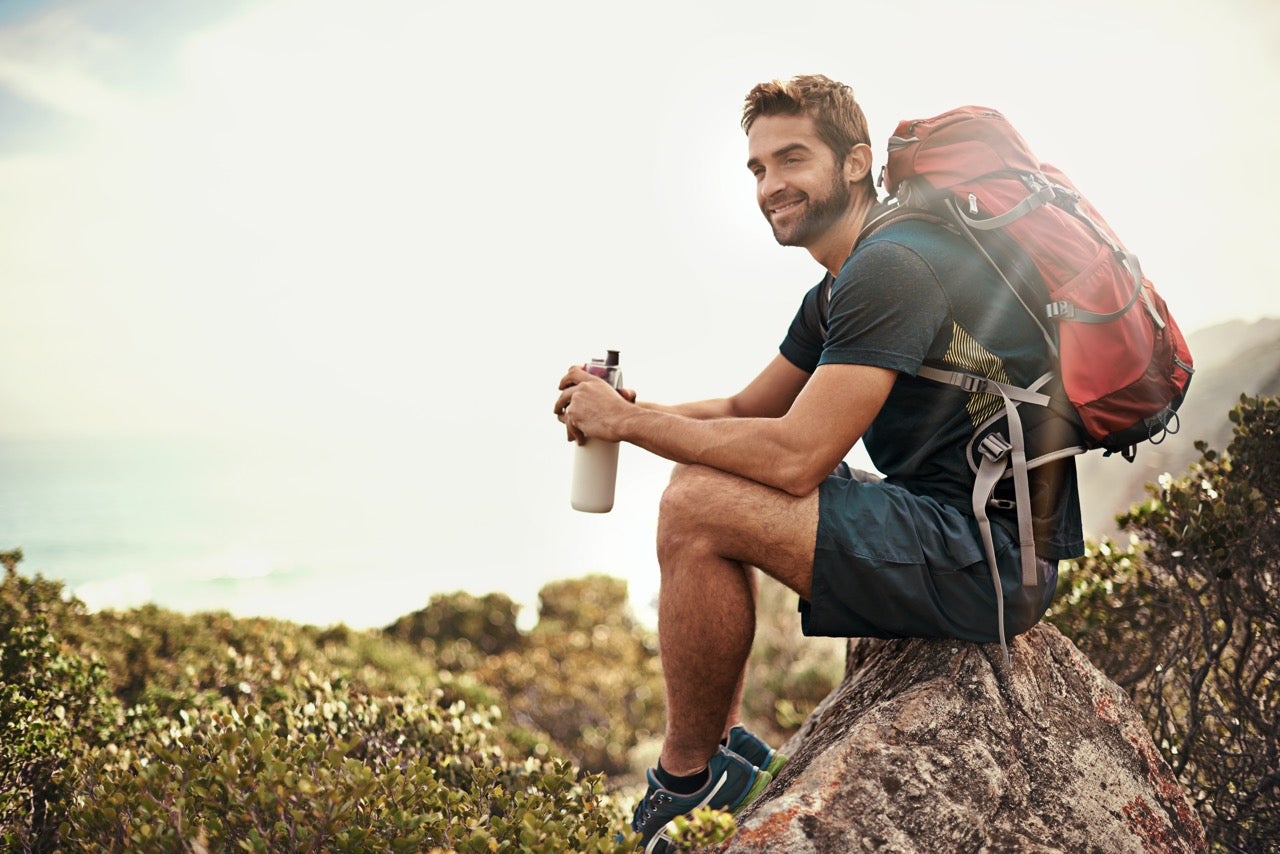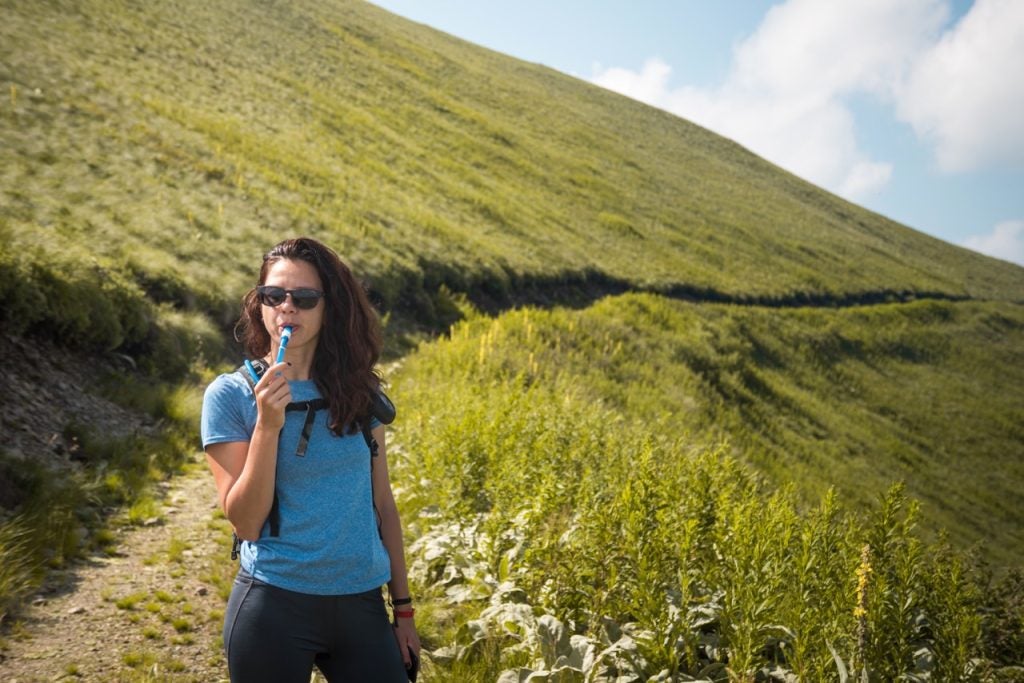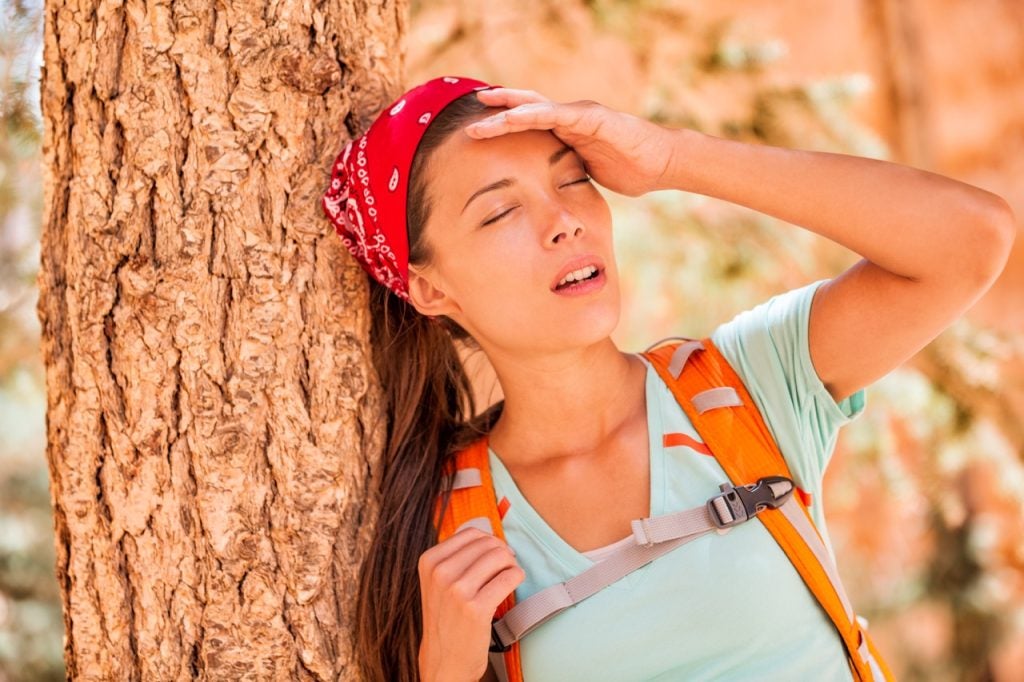
Our Editors independently research, test, and rate what we feel are the best products. We use affiliate links and may receive a small commission on purchases.
As the summer sun blazes overhead, hiking enthusiasts eagerly hit the trails, seeking adventure amidst nature’s wonders. However, hiking in scorching temperatures requires careful preparation to ensure your safety and enjoyment. In this article, we provide essential hot weather hiking tips and advice on how to stay cool, prevent heatstroke, and protect your skin while embracing the thrill of summer hiking.
Hot Weather Hiking Tips
1. Embrace the Early Hours
Temperature Tip: Start your hike early in the morning when temperatures are lower, typically before 10 a.m. This allows you to make progress before the sun’s intensity peaks.
Benefit: By starting early, you maximize your time on the trail and minimize exposure to the hottest part of the day.
2. Hydration, Hydration, Hydration

Temperature Tip: Carry plenty of water, and drink frequently throughout your hike, even if you don’t feel thirsty.
Benefit: Staying hydrated is essential to prevent heat-related illnesses. Water helps regulate your body temperature and ensures proper bodily functions. Make sure to bring a water bottle or a hydration pack so you have easy access to water. If you’re planning a longer hike with frequent stream crossings, consider bringing a portable water filter.
3. Dress for Success
Temperature Tip: Wear lightweight, loose-fitting, and breathable clothing that provides sun protection. Opt for moisture-wicking fabrics that help keep you cool and dry. Make sure you also have a good pair of sunglasses to protect your eyes.
Benefit: Proper attire allows air to circulate around your body, facilitating sweat evaporation and preventing overheating. Additionally, clothing that shields you from harmful UV rays reduces the risk of sunburn.
4. Seek Shade and Take Breaks
Temperature Tip: Plan your hike strategically, aiming for shaded areas whenever possible. Take regular breaks in cooler spots to rest, hydrate, and recover.
Benefit: Resting in shaded areas helps lower your body temperature and provides respite from direct sunlight. Regular breaks prevent exhaustion and allow your body to recover from the heat.
5. Head Protection and Sunscreen
Temperature Tip: Wear a wide-brimmed hat and apply a broad-spectrum sunscreen with a high SPF to exposed skin.
Benefit: A sun hat shields your face, neck, and ears from direct sunlight, while sunscreen forms a protective barrier against harmful UV rays. Both reduce the risk of sunburn and long-term skin damage.
6. Stay Cool with Wet Gear
Temperature Tip: Use a cooling towel or bandana soaked in water to cool your neck, forehead, and wrists. You can also dampen your clothing or use a spray bottle to mist yourself.
Benefit: Evaporative cooling provides instant relief from the heat. Wet gear can help lower your body temperature and make the hike more bearable.
7. Pace Yourself and Listen to Your Body

Temperature Tip: Adjust your pace, slow down, and listen to your body’s signals. Take breaks as needed and pay attention to any signs of heat exhaustion or heatstroke.
Benefit: Overexertion can lead to heat-related illnesses. By pacing yourself and recognizing the early signs of heat exhaustion, such as excessive sweating, dizziness, or fatigue, you can prevent more severe conditions.
8. Choose a Suitable Trail and Length
Temperature Tip: Select trails that offer shade, such as wooded areas or trails near water sources. Opt for shorter hikes or split longer hikes into multiple days during extreme heatwaves.
Benefit: A shaded trail or proximity to water sources can provide natural relief from the heat. Shorter hikes or multi-day treks with overnight stays help avoid hiking during the hottest parts of the day.
9. Share Your Plans and Hike with a Companion
Temperature Tip: Inform a trusted person about your hiking plans, including your route, expected duration, and return time. Consider hiking with a companion for added safety.
Benefit: Sharing your itinerary ensures that someone is aware of your whereabouts and can raise an alarm if necessary. Hiking with a companion provides support, enhances safety, and allows for prompt assistance in case of emergencies.
10. Know When to Call It a Day
Temperature Tip: Be aware of your limits and know when to turn back or postpone your hike due to extreme heat or dangerous conditions.
Benefit: Prioritizing your safety is paramount. If the heat becomes unbearable or weather conditions worsen, it’s essential to make the responsible decision to reschedule your hike.
Conclusion
By following these hot weather hiking tips, you can confidently embrace the challenges of summer hiking while staying cool and protected. Remember, the key is to prepare adequately, hydrate diligently, and be mindful of your body’s response to the heat. With the right precautions, you’ll be able to fully enjoy the breathtaking landscapes and unforgettable adventures that summer hiking has to offer. So lace up your boots, stay hydrated, and embark on an incredible journey into nature’s heart while beating the summer heat.
